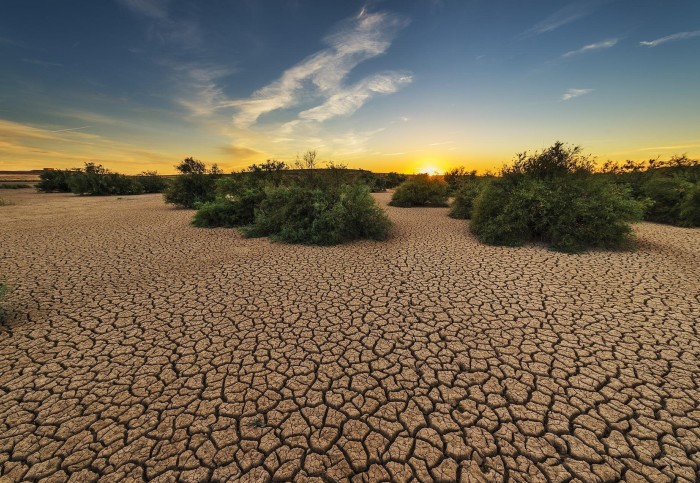New study investigates the role of climate change in South American drought

An attribution study has found that climate change was not the main cause of extremely low rainfall that led to drought in South America
A study by the World Weather Attribution (WWA) initiative has found that climate change was not the main cause of extremely low rainfall that led to drought in agricultural regions of Argentina and Uruguay late last year.
WWA is an international team of scientists that studies the role of climate change in extreme weather, such as heatwaves, droughts and storms.
The team is led by Dr Friederike Otto, a researcher and lecturer at the Grantham Institute – Climate Change and the Environment at Imperial College London.
Where’s the rain?
2022 was Central Argentina’s driest year since 1960, with the region receiving roughly half its average rainfall during the last four months of the year. Low rainfall, combined with high temperatures led to widespread crop failure.
Argentina is one of the world’s top wheat exporters, but agricultural exports for 2023 are projected to further drop 28% compared to 2022 levels. Uruguay declared an agricultural emergency in October 2022, with 60% of the country’s territory experiencing ‘extreme’ or ‘severe’ drought.
The region is also experiencing intense heatwaves, which climate change has increased in frequency, intensity and duration.
Investigating the role of climate change
The WWA study analysed rainfall levels in the last three months of 2022 over a region that includes large parts of Argentina, all of Uruguay and a small region in southern Brazil.
To determine if climate change increased the likelihood of extremely low rainfall, WWA scientists used weather observations and computer modelling simulations.
The simulations compare the likelihood of the low rainfall event occurring in today’s world – with about 1.2°C of human induced global warming since the late 1800s – to the likelihood of it occurring in a hypothetical world without human induced global warming.
After reviewing the modelling and analysis, researchers could not find evidence that climate change had made low rainfall in the region more likely.
A likely important factor in the low rainfall is La Niña – South America is currently experiencing the effects of its third consecutive year of La Niña, a climatological event which increases the likelihood of high temperatures and lower rainfall in the region.
 While low rainfall was the main cause of the drought, Dr Otto says extreme heat, attributable to climate change, has worsened the impacts of the drought, including large failures of wheat – a crop that is sensitive to extreme heat.
While low rainfall was the main cause of the drought, Dr Otto says extreme heat, attributable to climate change, has worsened the impacts of the drought, including large failures of wheat – a crop that is sensitive to extreme heat.
“Climate change is definitely playing a role in the high temperatures that Argentina and other countries in the region are currently experiencing.
“As for the drought, our analysis suggests that natural variability and the unusual occurrence of three La Niña years in a row could explain the low rainfall, but the high temperatures exacerbate the impacts we are seeing, especially on crops.”
The South America research was the first WWA Attribution study carried out in 2023, and involved 18 researchers, including scientists from universities and meteorological agencies in Argentina, Colombia, France, the Netherlands, the UK and the US.
Article supporters
Article text (excluding photos or graphics) © Imperial College London.
Photos and graphics subject to third party copyright used with permission or © Imperial College London.
Reporter
Sam Ezra Fraser-Baxter
The Grantham Institute for Climate Change